Grepow Battery was interviewed by Global Sky Media about eVTOL Power
Based in Shenzhen China, Grepow Battery was founded in 1998. The name “Grepow” refers to green power. Grepow entered the lithium battery field and established battery brands Gens ace, and Tattu, which can be found in Uncrewed Aerial Vehicles (UAVs), as well as model aircraft and cars. The company currently has five factories, over 200 engineers and technicians, and more than 2,500 overseas sales outlets. Besides lithium batteries, Grepow researches and develops batteries and charging equipment for a variety of customers’ power requirements.

What are the differences and difficulties when developing batteries for eVTOLs versus small UAVs?
Compared with small-scale UAVs, eVTOLs have a heavier load and higher battery requirements, with battery voltages over 100 volts and currents up to 100 to 300 amperes. High voltage and current batteries require more series and parallel connections. EVTOLs demand a higher charge/discharge rate and consistency between cells. Assembling modules requires uniform heat control and dissipation, making the manufacture of batteries more difficult. Batteries for eVTOLs should be highly reliable and need a balance between high C-rate, high energy density, and long cycle life.
What is the collaboration strategy for battery development and airworthiness certifications with eVTOL OEMs?
In terms of research and development, we will work together with OEMs to further research the requirements for customized batteries and develop battery standards in line with the development of passenger aircraft. We will also develop and verify our battery technology, thereby improving the reliability and safety of the batteries. Different eVTOL OEMS are designing many types of eVTOLs for different mission profiles, so they have varying battery performance requirements, such as voltage and thermal control during flight, where the voltage demand may vary from 100V to 800V. Some battery packs use a single large module, while others use multiple smaller modules, such as 12 to 24 batteries that have lower voltages. The currents under different flight phases and altitudes are different. We will customize the discharge rate of the cells according to the actual situation and design the power battery to fit the customer’s needs according to the battery charging efficiency, charging speed and cycle life.
Since no eVTOL OEMs in China have received their airworthiness certifications yet, each OEM is developing its aircraft in its own way. Electric vehicles have a unified industry standard right now, whereas eVTOLs do not. Batteries can be certified independently for airworthiness.
However, because each model performs differently, the requirements for cell type, formula, and discharge performance will vary; hence, there is no unified or general standard for airworthiness certification. We are also waiting to see if there will be minimum battery standards for eVTOLs as there are with Electric Vehicles. The government and the industry are already in communication about this. The industry standards are mainly referencing those in Europe and the United States. China will let companies explore the industry first, then set applicable rules after it reaches scale. Differing from China, the United States and countries in Europe, which set the standards before developing the industry.
Under different charge/discharge rates, what specific power, specific energy, and cycle life can Grepow batteries reach? How do they compare to other battery manufacturers?
In the eVTOL industry, the 5C charge/discharge rate is a trend and it is one of our strengths. Currently, we have achieved power density up to 1600W/kg, energy density up to 280Wh/kg, and cycle life over 1,000 times under 1C fast charging; a power density up to 1,400W/kg, energy density up to 245Wh/kg, and cycle life over 1,000 times under 5C fast charging.
In the electric vehicle industry, the specific energy of a single cell of a NMC 811 can reach 300 to 350wh/kg. This type of cell has a high energy density but cannot achieve a high discharge rate due to its material properties. Grepow is focussing on developing a high-rate power battery, which can have a 5C fast charging and 10C high discharge rate with 240Wh/kg high energy density.
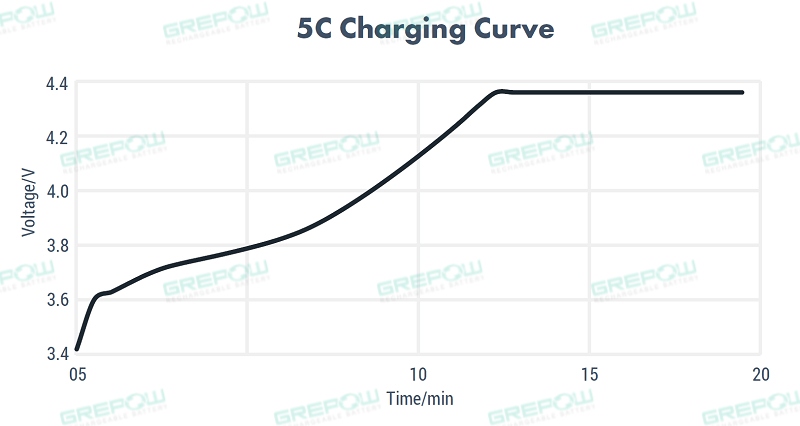
What are the technical difficulties in improving the charge/discharge multiplier of batteries? How can we improve this? What is the expected battery performance by 2025?
Energy density and the charge/discharge multiplier are generally constrained by each other. If we were to enhance the charge/discharge rate, the energy density will decrease. It is necessary to develop materials with a higher specific capacity, highly compacted, and better performance under high rates, such as high voltage high nickel ternary cathode materials, silicon carbon cathode materials, and so on, to improve charge/discharge rate under a sufficient energy density. As for the performance improvement of power batteries in 2025, we believe that the high-rate battery will increase in energy density, ideally reaching 280 to 300wh/kg. It depends on the development of raw materials.
Maintaining battery life at a high charge/discharge rate is one of the problems that eVTOL batteries face. What technologies and methods could extend battery life?
Batteries that are under high temperature and high voltage, and during the charging and discharging process, the unbalanced temperature distribution of the battery cells will reduce the life of the battery. In terms of battery packaging, cell-to-cell consistency (capacity difference, voltage difference, and internal resistance difference) is also one of the critical factors that causes a decrease in battery life. There are different ways to improve battery life. We can optimize the design of the single cell, such as improving the multiplier performance and optimizing the cell size to reduce the temperature rise of the battery during charging and discharging. We can also optimize the module structure design to improve the heat dissipation and soaking, reducing the battery from heating and ensuring the consistency of the temperature distribution.
The battery packaging technology is closely related to the aircraft’s design structure by the OEMs. We will develop a corresponding battery module structure to fit the OEM’s structural design and adopt technologies and concepts of CTP and CTC battery packaging. In the past two years, we continued to improve the capacity of single cells, introduced laser welding technology, and adopted lightweight assembly materials to improve the energy density of the whole battery pack.
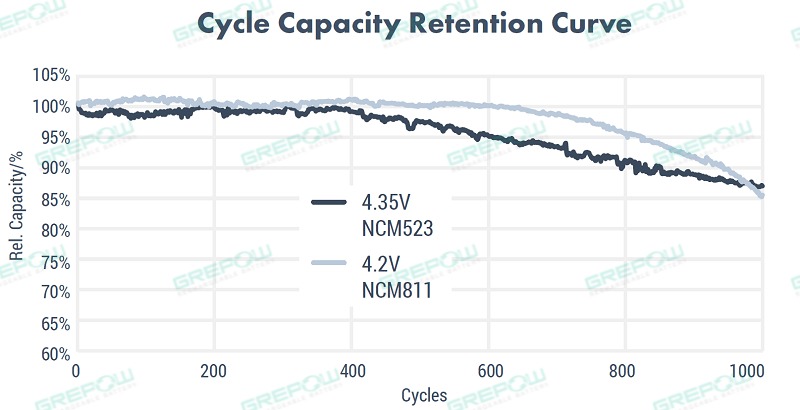
What are your thoughts on the development of solid-state batteries and their application to eVTOLs?
The development direction of power batteries is mainly to improve energy density, reliability, and safety, and solid-state batteries have advantages in terms of safety. If possible, the main development direction is to develop and achieve the mass production of more stabilized batteries with a breakthrough in high-rate charging and discharging technology. But the problem is that solid-state batteries are difficult to mass produce in the short term. This situation is similar to graphene batteries where production on a large scale is difficult. Optimistically, we can expect solid-state batteries to reach mass production in the next three to five years.
Grepow is still focusing on developing a semi-solid-state battery for now, which can achieve an energy density of 275 to 300wh/kg and expects to bring it into mass production in 2023. The all-solid-state battery cannot meet the requirements of a high charge/discharge rate at this stage due to its low electrolyte conductivity, so it is hard to apply it to the aerial vehicle market in the short term. We will continue to follow up on the development of solid-state batteries.
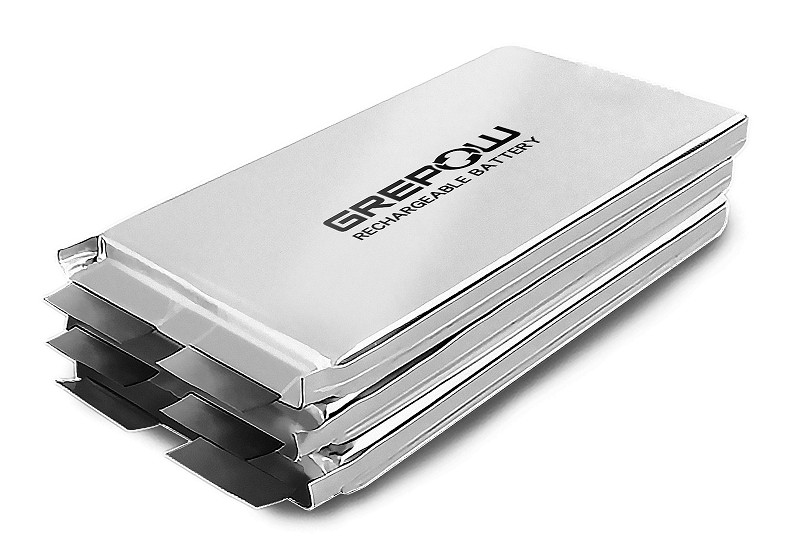
Are there any other development directions for battery technology besides solid-state batteries in the future? What is Grepow’s development plan for batteries?
Besides solid-state batteries, hydrogen and sodium batteries also show good development momentum. The industry has been seeking a high energy density to enhance the range of EVs. However, the social concern about battery safety has risen in recent years as there is more media coverage in this regard, so the development of batteries will also focus more on this area. Hydrogen energy is a good development direction. Japan and South Korea are vigorously developing hydrogen energy. Due to safety issues, building hydrogen energy plants in China is difficult. Hydrogen storage is dangerous, and the government has not relaxed the corresponding safety standards. Sodium batteries are stable, but the energy density is low, so the probability of using it is not very high in its current state.
Grepow’s products are mainly high-rate batteries. We will continue to develop high rate and high energy density power batteries with an energy density between 300 to 350Wh/kg while meeting a 5C to 10C fast charging and long cycle life of more than 1000 times.
Reposted from Global Sky Media.
Related Articles
-
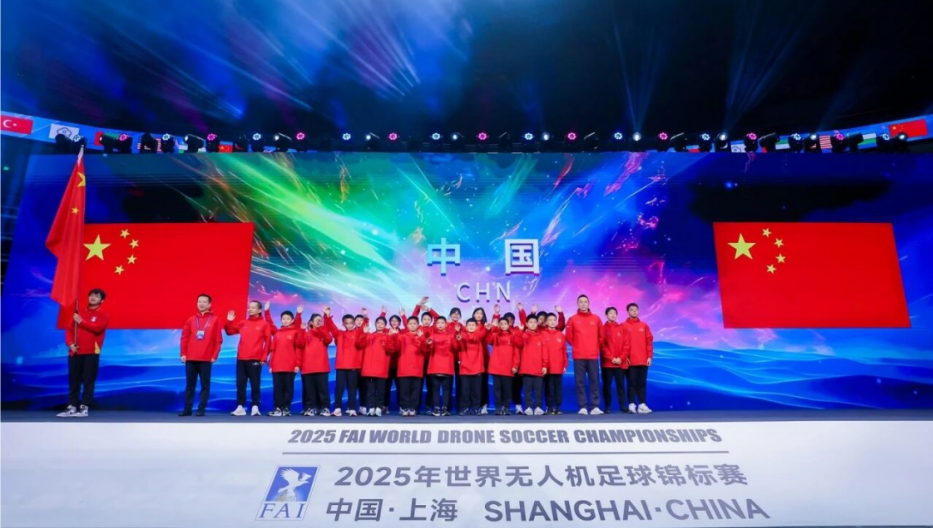
FAI World Drone Soccer Championships 2025 Conclude in Shanghai
2025-11-19 -
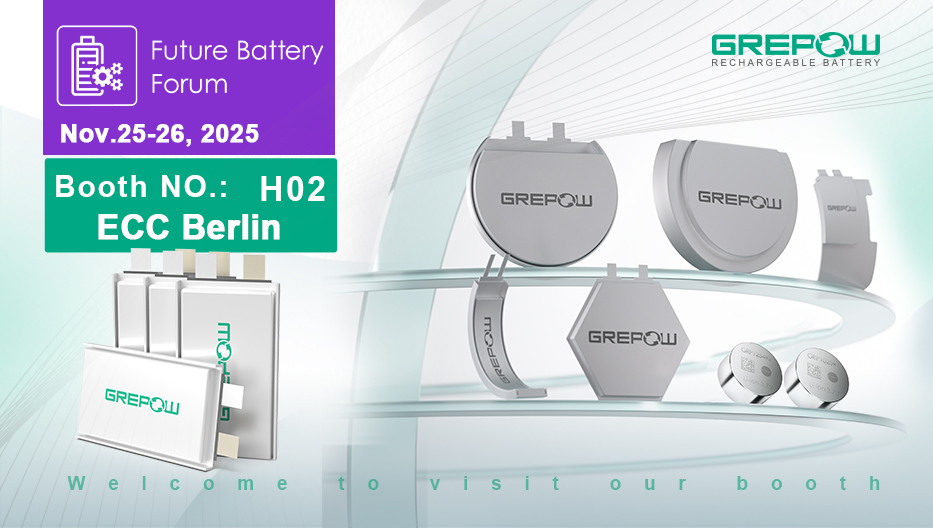
Grepow at Future Battery Forum 2025: Showcasing the Lithium Battery Innovation
2025-11-18 -
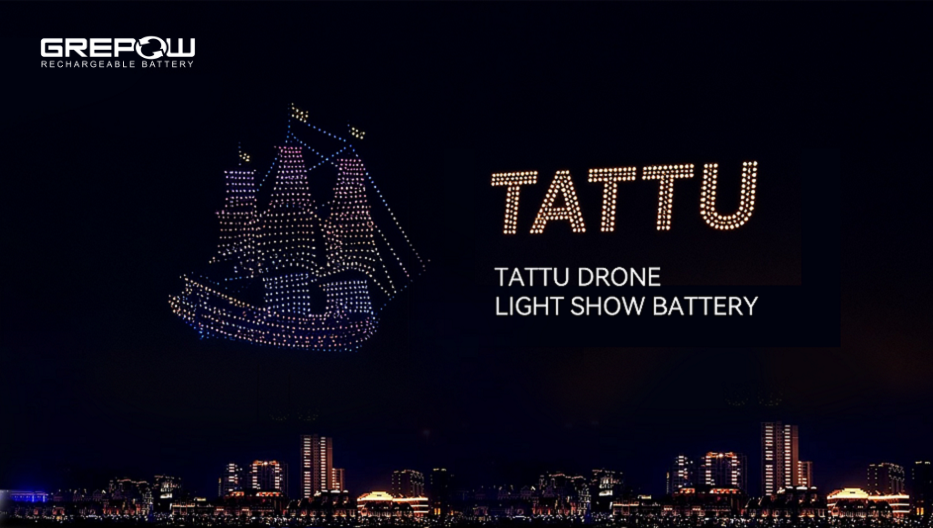
Powering Aerial Artistry: Grepow Battery Solutions Behind Drone Light Shows
2025-10-27
Related products
-
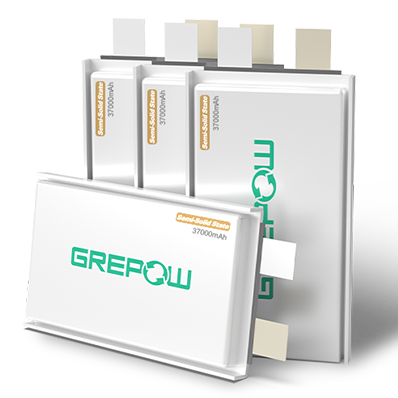
37000mAh Semi-Solid State High Energy Density Battery
-
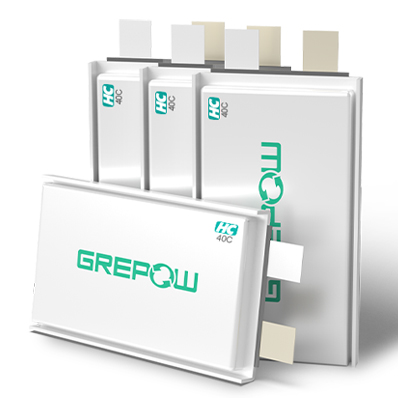
40C High Discharge Battery - High C Rate LiPo
-
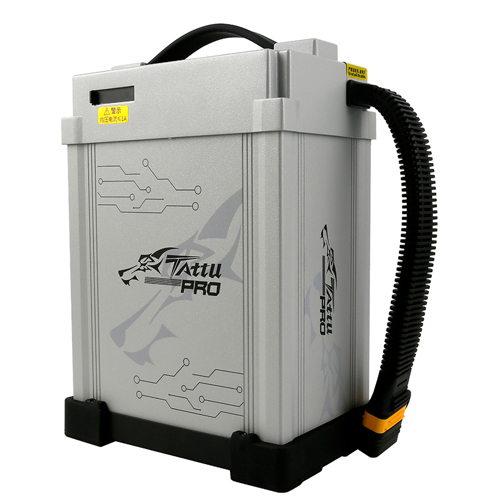
Tattu Pro 14S Lipo 22000mAh 51.8V Smart UAV Drone Battery Pack
















































